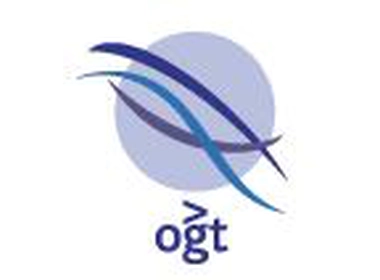
OGT delivers translocation and partial tandem duplication detection
Oxford, UK – 07 April 2020. Oxford Gene Technology (OGT), A Sysmex Group Company, announces the addition of accurate detection capabilities for translocations and difficult-to-sequence partial tandem duplications (PTDs) in its popular myPanel™ customisable SureSeq™ NGS panels. This latest update is, for example, beneficial to researchers investigating myeloid disorders like chronic myeloid leukaemia (CML), myeloproliferative neoplasms (MPNs) and acute myeloid leukaemia (AML), now enabled with BCR-ABL fusion gene and KMT2A-PTD detection.
OGT already offers researchers the rapid and reliable detection of a complete set of genetic aberrations, including single nucleotide variations (SNVs), insertions/ deletions (indels), internal tandem duplications (ITD), copy number variations (CNVs), and loss of heterozygosity (LOH) — even at low-frequencies.
Until now, a lack of sensitive and reliable NGS solutions has meant that researchers often needed to employ multiple methods to accurately characterise structural aberrations in their samples. To address this, OGT recently added somatic CNV detection to their NGS portfolio, with the launch of their SureSeq CLL + CNV Panel. Responding to latest research findings, OGT has leveraged its long heritage and expertise in hybridisation, design capability and bioinformatics to enable PTD and translocation detection in a single, reliable assay.
The expanded content enables OGT SureSeq myPanel™ custom panels to be customised to include the BCR-ABL gene fusion, resulting from a translocation of chromosome 9 and 22 generating the Philadelphia chromosome — the hallmark of chronic myeloid leukaemia (CML). Importantly, in addition to detecting this translocation, OGT’s complimentary and easy-to-use Interpret software can detect translocation events anywhere in the genome. Thanks to OGT’s renowned bioinformatics expertise, the software is able to agnostically screen for split-reads, reporting translocation partners in any genomic location.
In addition, building on OGT’s already excellent coverage uniformity of other difficult-to-sequence genes such as CEBPA, and genes with challenging ITDs—for example FLT3—PTDs in AML can now also be detected, including those in the KMT2A (MLL) gene. Researchers can choose to customise content and include KMT2A-PTD detection to make their SureSeq panels more all-encompassing.
These new content and detection capabilities represent a substantial advancement for researchers, as Emma Shipstone, Executive VP Marketing at OGT, highlights: “We’re excited to bring the expanded customisable SureSeq™ content and Interpret NGS analysis software capabilities to market—helping researchers get to the information they need in the quickest, most reliable way possible. OGT has a long heritage of excellence in hybridisation-based solutions that encompasses our unrivalled NGS design capabilities and bioinformatics expertise. This enables us to provide confident solutions for hard-to-sequence regions, delivering unparalleled coverage uniformity and pushing the boundaries of NGS panels and analysis software to answer the call for comprehensive sequencing solutions. NGS is a key future technology for OGT as part of the Sysmex Group. We are committed to continuing to meet and exceed the needs of researchers, now and in the future; there are exciting possibilities and development plans in the pipeline.”
OGT’s SureSeq NGS portfolio delivers comprehensive sequencing solutions, from wet-lab to computational, including library preparation kits, customisable panels and complimentary Interpret NGS Analysis software. The company’s exceptional coverage uniformity, trusted data analysis software and renowned customer support enable researchers to simplify workflows with reliable, tailored panels that accurately detect all relevant genomic aberrations in a single, comprehensive assay.